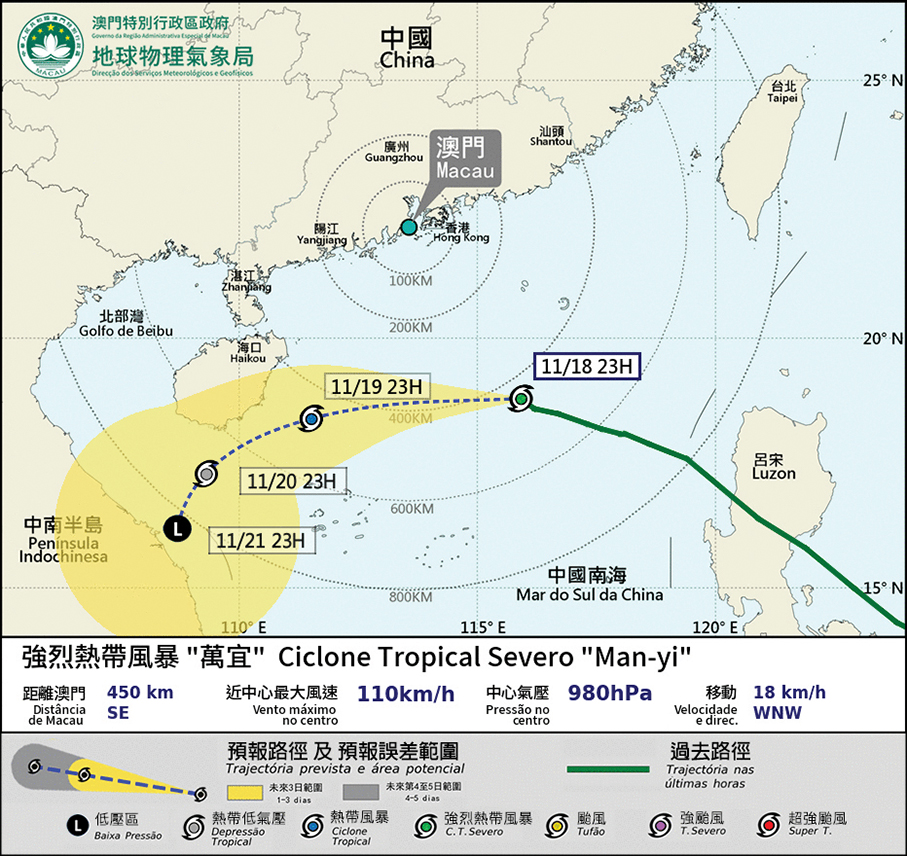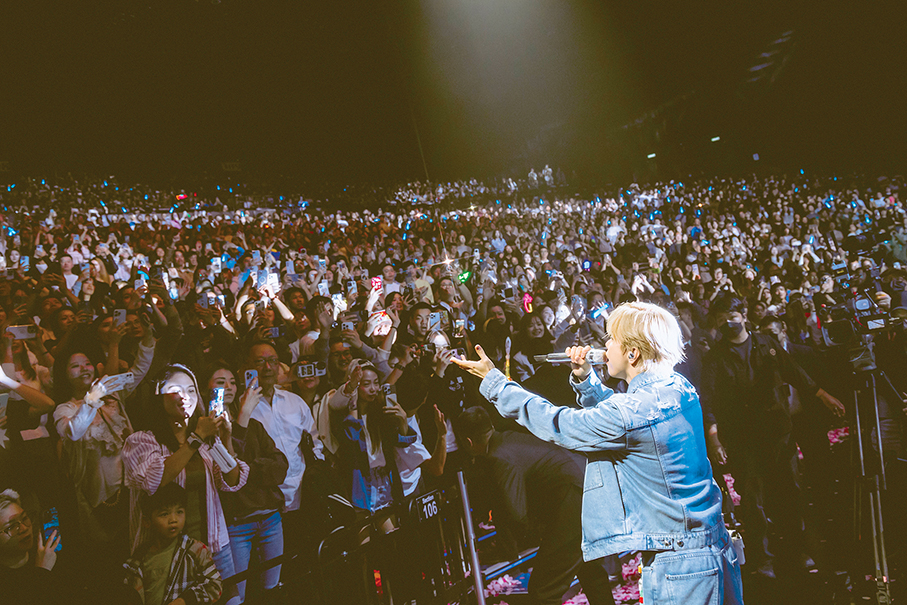An event entitled “The Magic Charm of Hagoita Art Exhibition of Japanese Decorated Paddles” (祈福鎮宅喜迎春 羽子板賀歲特展)is showcasing traditional hagoitas (羽子板) in Casa Garden.
The exhibition is co-hosted by the Orient Foundation (FO – 東方基金會) and Printmaking Research Centre of Macau (PRCM).
According to the exhibition board, hagoita paddles are used in playing whanetsuki (battledore – a forerunner of badminton), a traditional game for New Year. It is a game played by girls and women. Moreover, it is a traditional present given to girls when they were born.
The statement says that hagoita paddles have been placed in temples to ward off evil spirits and to bring happiness since the 17th century. Furthermore, the Oshi-e (padded collage) technique was developed for making three-dimensional designs with cotton-padded cloth decorations during the Edo period (1603 – 1867).
Hagoita paddles are made from paulownia trees (泡桐屬) and a shuttlecock called hane-ume which is made from Sapindus Mukorossi (無患子) soapberry seeds, the statement underlines. Thus, the shuttlecock is covered in bird feathers painted with “vivid” colours to look like a flower.
The statement points out that hanetsuki is similar to present-day badminton. Whoever makes the shuttlecock fall loses so will be marked on his or her face with Chinese ink, and once someone’s face is entirely covered in ink, the game will end.
The statement notes that hagoitas made during the Edo period combined Kabuki beauty. Kabuki is a form of traditional Japanese drama with highly stylised singing, mime and dance. The statement says that the new form of hagoitas reflect changing fashion styles as well as doll faces to create “beautiful and vivid expressions’’, adding that hagoitas have also been used for wall decorations and lucky charms for girls.
Besides, playing hanetsuki with hagoita is also used as a charm against evil.
According to Wikipedia, “hanetsuki is a Japanese traditional game, similar to racket games like badminton but without a net, played with a rectangular wooden paddle called a hagoita and a brightly coloured shuttlecock, called a hane. Often played by girls at the New Year, the game can be played by any gender.”
The exhibits are on sale, priced at between 1,500 and 18,000 patacas.
The exhibition runs until March 25 in the gallery of Casa Garden in Praça Luís de Camões. It is open daily from 10 a.m. to 7 p.m. except Mondays. Admission is free.
For enquiries, call 2855 4699.
Casa Garden houses the local branch of the Lisbon-based Orient Foundation.
As part of the government’s COVID-19 prevention measure, visitors to the gallery should wear a facemask, have their temperature checked and present a digital health code.
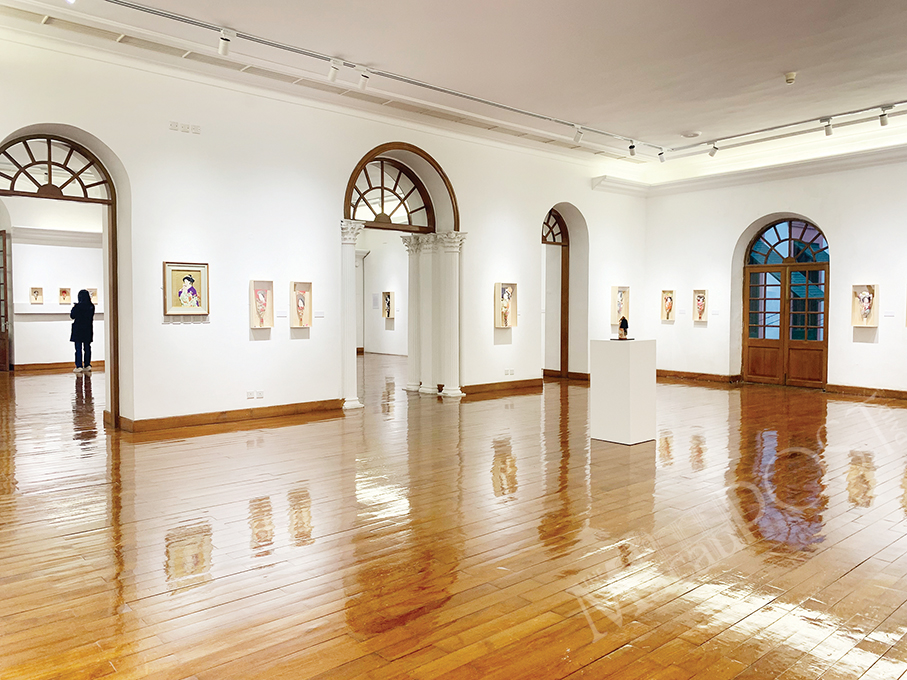
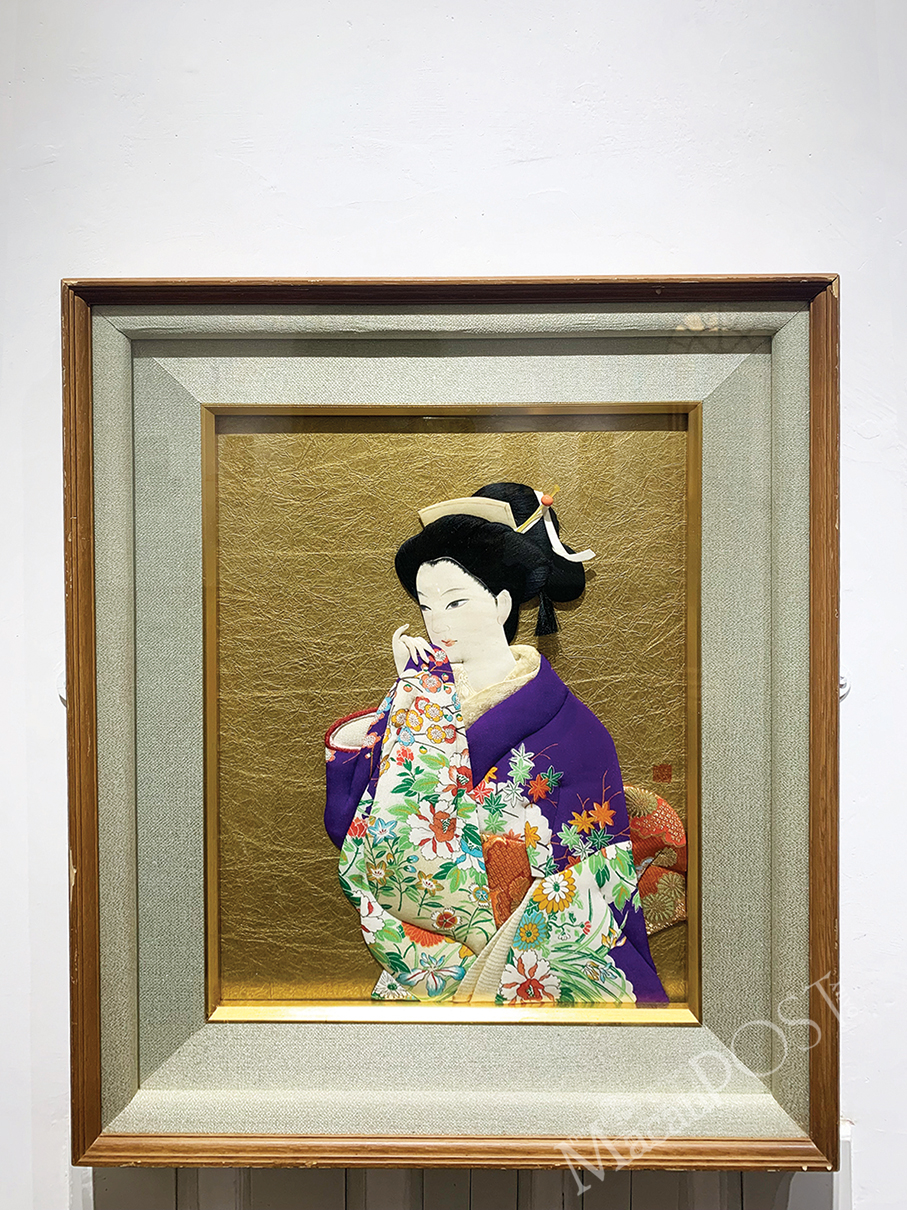
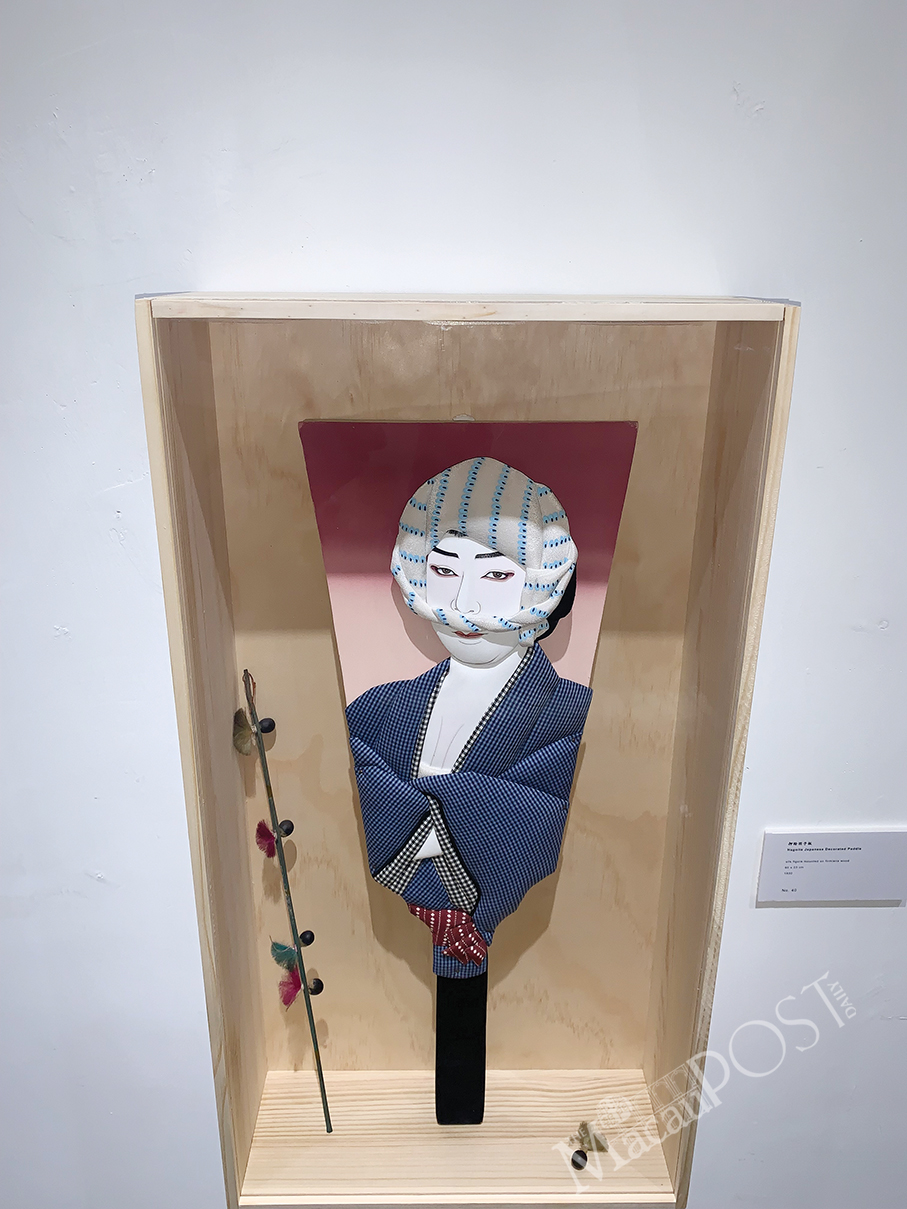

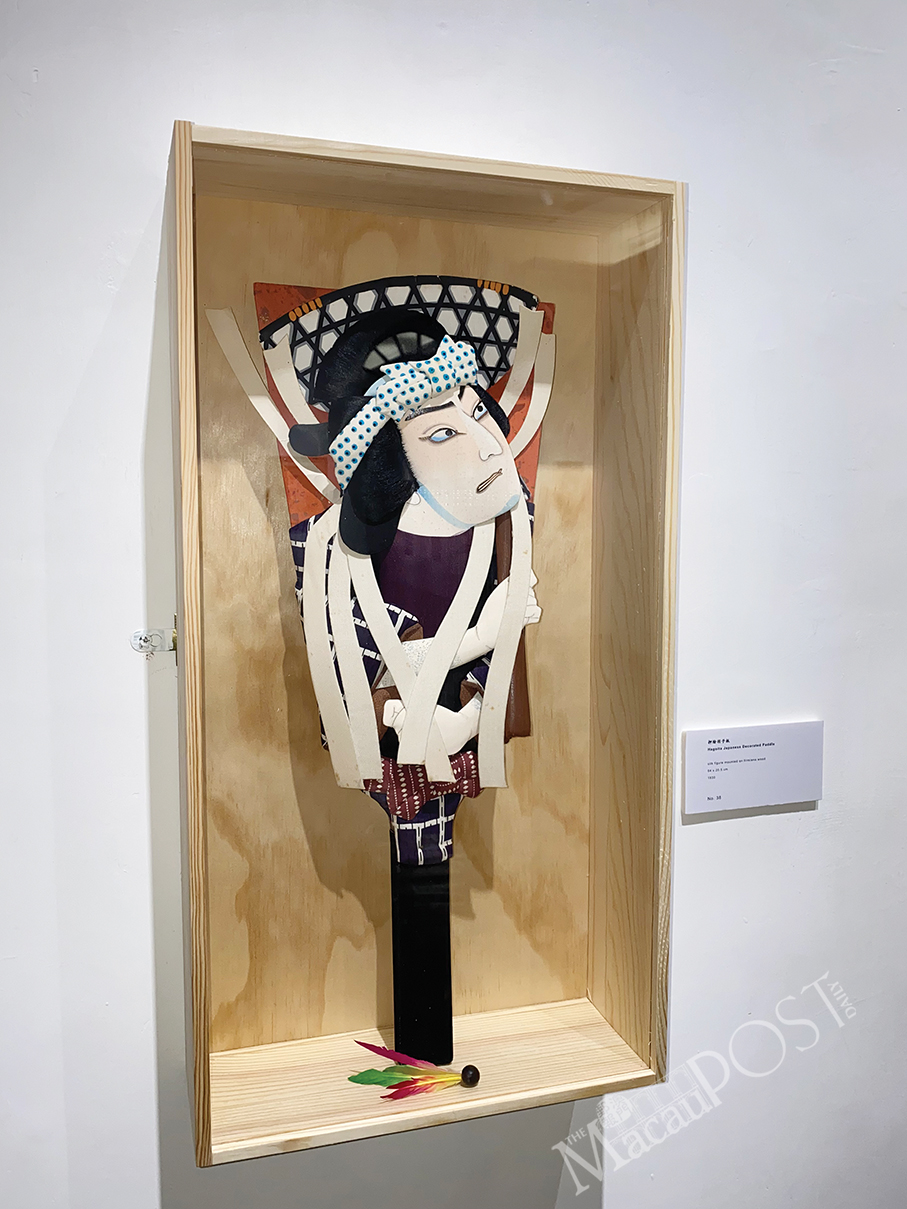
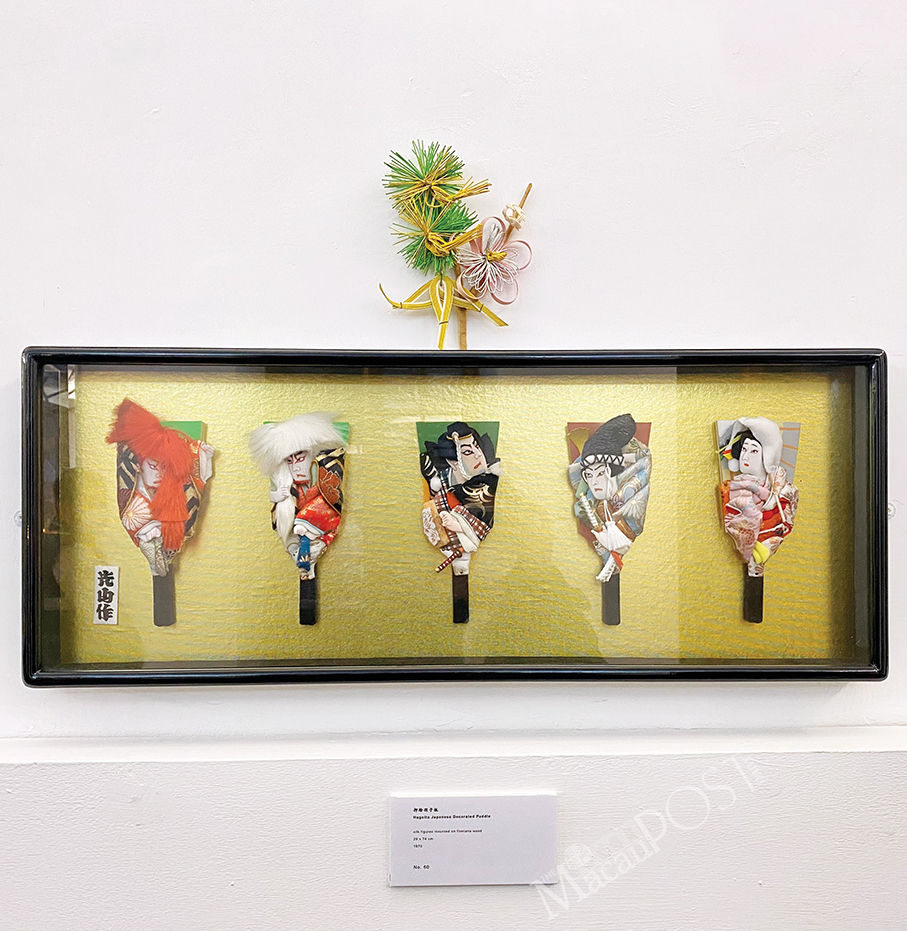
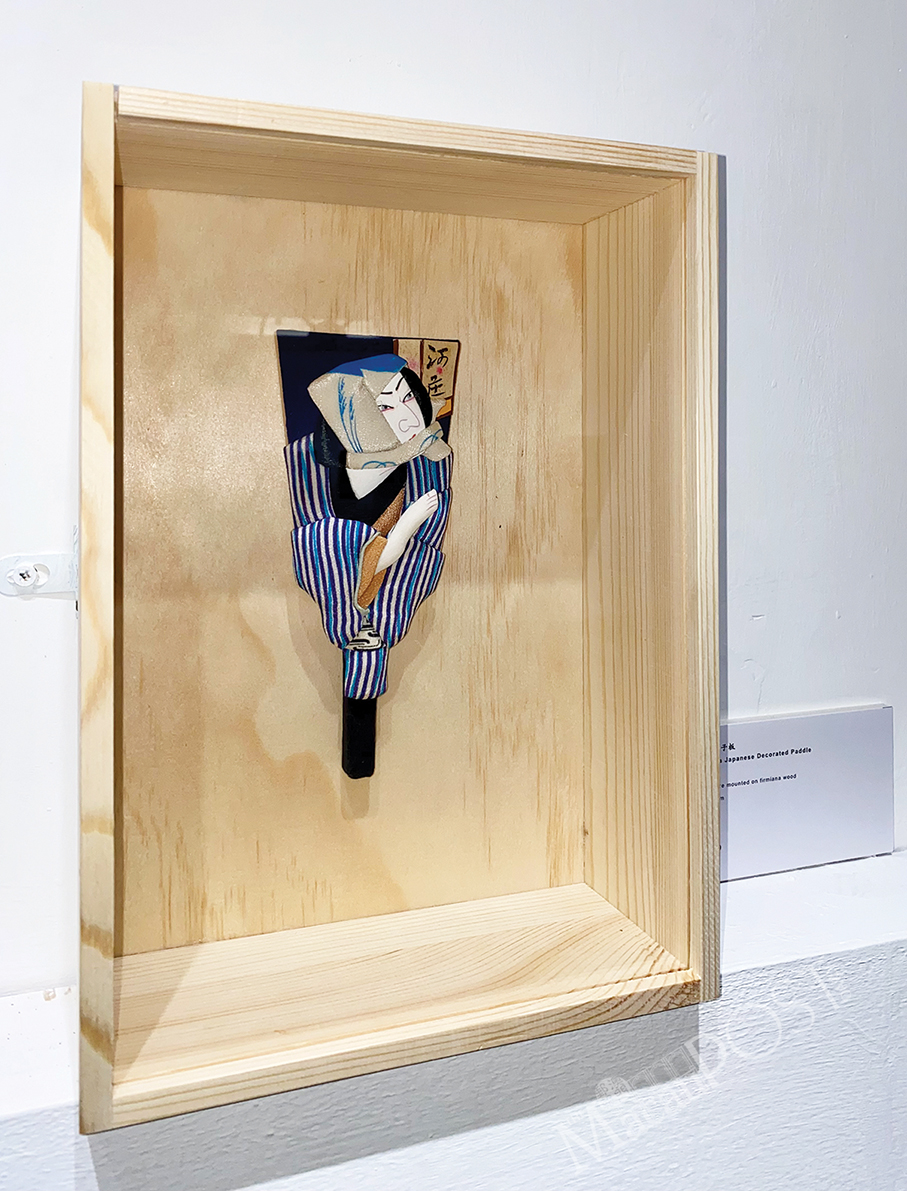
Photos: Ula Cheang and Camy Tam







